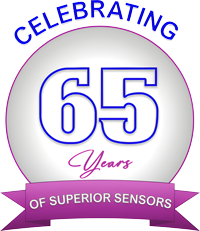FAQ on Load Cell Calibration
Here are the most common frequently asked questions on load cell calibration for engineers working on research, control, testing and weighing applications or procurement professionals working with engineers looking for load cells for a specific application.
How long is the calibration valid?
Answer: NIST recommends load cell calibration after 1 year. A calibration expiration date is supplied on the Strainsert calibration data sheet. An in place calibration can extend this period if your internal quality requirements allow, see “recalibration extended.”
Can the time for recalibration be extended?
Answer: Yes, by performing an in place calibration using a reference load cell, known load or other repeatable methods. You can establish a specific procedure that can be used to evaluate the performance of the load cell. This would be something that should be part or your quality polices which dictate requirements for recalibration.
What does in place calibration mean on my customer drawing?
Answer: The in place calibration refers to the application of a known load to the load cell after being installed into the final assembly. Variations between the calibration fixtures and final assembly components can result in variations from the factory calibration data, which can be quantified by an in place calibration.
Please let us know if you have any other questions about load cell calibration or need assistance with finding the optimal load cell for a specific application.

